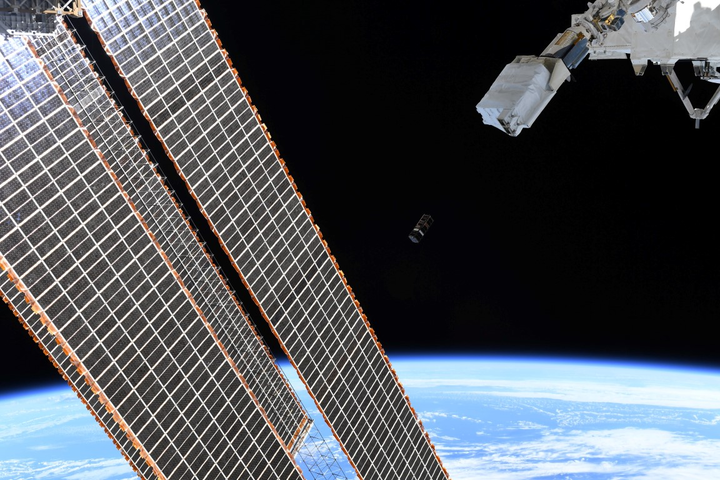TAU Puts Nanosatellite Into Space

Tel Aviv University became the first Israeli institute of higher education in space over the weekend, as a nanosatellite developed by faculty and students was released into Earth orbit.
“It’s a big day for TAU,” said Colin Price, head of the Porter Department of Environmental Studies. “We have now joined the ‘Civil Space Revolution,’ called New Space, in which, unlike Old Space, not only giant companies with huge budgets and large teams of engineers can build and launch satellites.
“A few years ago we established the Center for Nanosatellites, with the goal to build small ‘CubeSat’ for research purposes. We were able to prove that with the right planning, miniaturization and modulation of many technologies, small satellites can be built and launched into space within two years by students, at a fraction of the budget needed in Old Space,” he told The Times of Israel on Sunday.
The satellite, dubbed TAU-SAT1, is the first of its kind to be developed, assembled and tested independently by an Israeli university. It was carried into space on board a NASA resupply rocket to the International Space Station, and from there, ISS astronauts launched it into orbit around the Earth.
“This is a nanosatellite, or miniature satellite, of the CubeSat variety,” said Ofer Amrani, head of TAU’s Miniature Satellite Lab. “The satellite’s dimensions are 10 by 10 by 30 centimeters (2.5 by 2.5 by 12 inches), and it weighs less than 2.5 kilograms (about five pounds)… In total, the satellite is expected to be active for several months. Because it has no engine, its trajectory will fade over time as a result of atmospheric drag – and eventually it will burn up in the atmosphere and come back to us as stardust.”
Meir Ariel, director of TAU’s Center for Nanosatellites, explained its mission: “We know that that there are high-energy particles moving through space that originate from the sun’s cosmic radiation. Our task is to monitor this radiation, and to measure the flux of these particles and their products. It should be understood that space is a hostile environment, not only for humans but also for electronic systems. When these particles hit astronauts or electronic equipment in space, they can cause significant damage. The scientific information collected by our satellite will enable the design of protective means for astronauts and space systems.”
To Read The Full Story
Are you already a subscriber?
Click "Sign In" to log in!

Become a Web Subscriber
Click “Subscribe” below to begin the process of becoming a new subscriber.

Become a Print + Web Subscriber
Click “Subscribe” below to begin the process of becoming a new subscriber.

Renew Print + Web Subscription
Click “Renew Subscription” below to begin the process of renewing your subscription.












